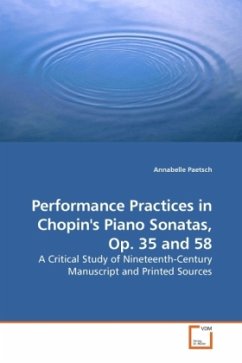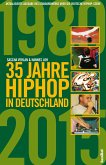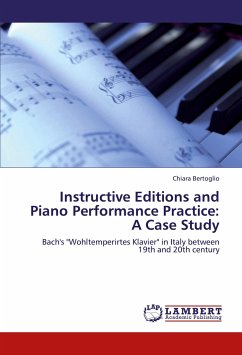How might the piano sonatas of Frederic Chopin (1810-1849) have been performed in his lifetime and in the following decades? How flexible was Chopin's conception of his works? What evidence do we have of how customs may have changed during the nineteenth and early twentieth centuries? What would "rubato" have meant to Chopin and his students? This book, based on the author's doctoral dissertation, examines a broad array of documentary evidence to seek answers to such questions. One finding is that Chopin's sonatas would, in all probability, have been characterized by a wide range of practices, including those derived from earlier keyboard music and singing. These practices may, at times, seem anomalous in comparison to those associated with Chopin in accounts dating from the latter part of the nineteenth century. This book is especially recommended for pianists and piano teachers, particularly those interested in historically informed approaches.
Bitte wählen Sie Ihr Anliegen aus.
Rechnungen
Retourenschein anfordern
Bestellstatus
Storno








